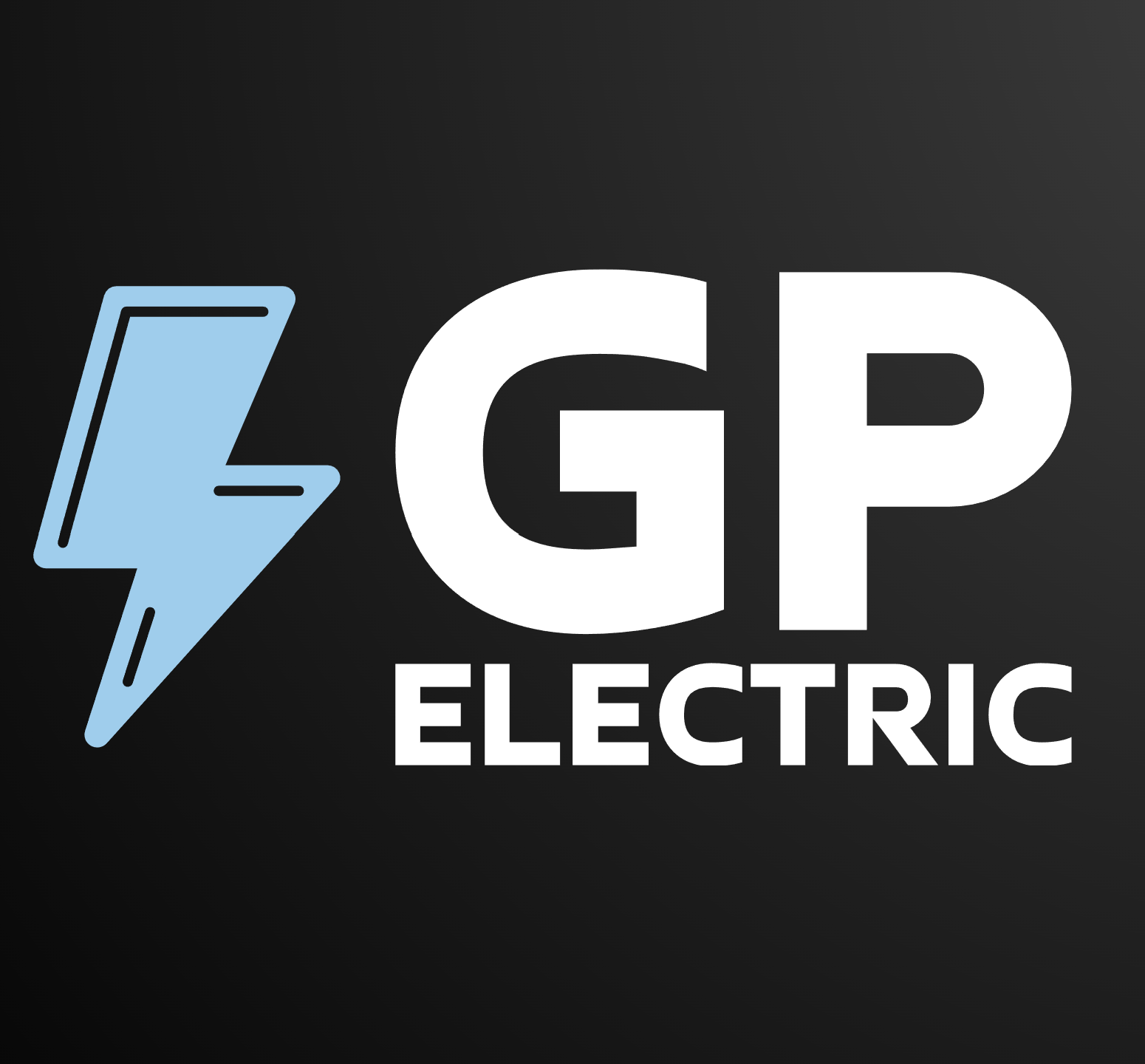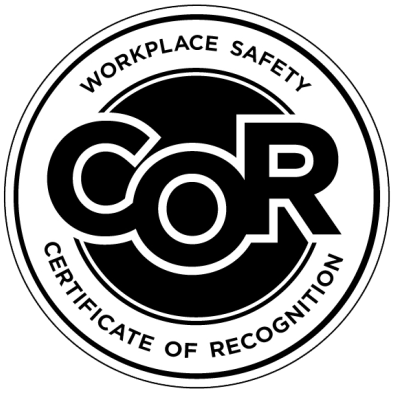Overcurrent Protection
Overcurrent Protection: Safeguarding Your Electrical System
In electrical engineering and installation practices, overcurrent protection serves as an essential mechanism to prevent damage to wiring, equipment, and structures caused by excessive electrical current. This protection is achieved through devices that interrupt the flow of current when it exceeds safe levels, thereby mitigating risks such as overheating, fires, and equipment failure. Overcurrent can arise from various sources, including short circuits, overloads, or faults in the system, making robust protection indispensable in both residential and commercial settings.
Understanding Overcurrent
Overcurrent refers to any situation where the electrical current in a circuit surpasses the rated capacity of the conductors or connected devices. This excess can be categorized into two primary types: overloads, which involve a sustained increase in current due to excessive load, and short circuits, which result in a sudden, high-magnitude surge. Overloads typically occur when too many appliances are connected to a single circuit, while short circuits may stem from damaged insulation or faulty wiring allowing unintended paths for current flow. Without intervention, these conditions can lead to conductor melting, insulation degradation, and potential hazards to occupants.
The Importance of Overcurrent Protection
Implementing overcurrent protection is not merely a best practice but a regulatory requirement under standards such as the Canadian Electrical Code (CEC), which governs electrical installations in Canada, including Calgary. The primary objective is to open the circuit automatically when dangerous current levels are detected, thus preventing excessive heat buildup and associated dangers. In residential applications, this safeguards household appliances and wiring; in commercial or industrial environments, it protects machinery and ensures operational continuity. Compliance with the CEC, particularly Section 14 on protection and control, mandates that each ungrounded conductor be equipped with an overcurrent device at the supply point to maintain system integrity.
Types of Overcurrent Protection Devices
Several devices are employed to provide overcurrent protection, each suited to specific applications:
- Fuses: These are sacrificial components that melt when current exceeds a predetermined threshold, breaking the circuit. They are available in various ratings and are often used in older systems or for specific high-current applications. Time-delay fuses, as recommended in CEC guidelines, allow for temporary surges while protecting against sustained overloads.
- Circuit Breakers: Unlike fuses, circuit breakers can be reset after tripping and offer both thermal and magnetic protection mechanisms. Thermal elements respond to overloads by heating a bimetallic strip, while magnetic elements detect short circuits through electromagnetic forces. They are standard in modern electrical panels and must be sized appropriately, often at 125% of the continuous load per CEC rules for certain circuits.
- Other Devices: Advanced options include solid-state power switches and current limiters, which provide precise control in sophisticated systems. For transformers and motors, specific CEC provisions, such as those in Sections 26 and 28, dictate overcurrent settings to accommodate inrush currents without unnecessary interruptions.
How Overcurrent Protection Works
Overcurrent protection devices monitor the current flowing through the circuit and activate when it exceeds safe limits. For instance, in a circuit breaker, an overload causes gradual heating, leading to a trip, whereas a short circuit induces an instantaneous magnetic response. Sizing is critical: devices must be rated to handle normal loads while responding promptly to faults. In Canadian installations, adherence to CEC requirements ensures that protection is placed at the origin of each branch circuit, with considerations for conductor ampacity and equipment ratings.
Best Practices and Maintenance
To optimize overcurrent protection, regular inspections are recommended to verify device functionality and compliance. Homeowners and business operators should avoid overloading circuits and consult professionals for upgrades. In Calgary's climate, where extreme weather can strain electrical systems, ensuring robust protection is particularly vital.
At GP Electric Calgary, we specialize in electrical installations and maintenance that prioritize safety and code compliance. If you require assessment or enhancement of your overcurrent protection systems, our certified electricians are available to assist. Contact us today to schedule a consultation.
Frequently Asked Questions About Overcurrent Protection



